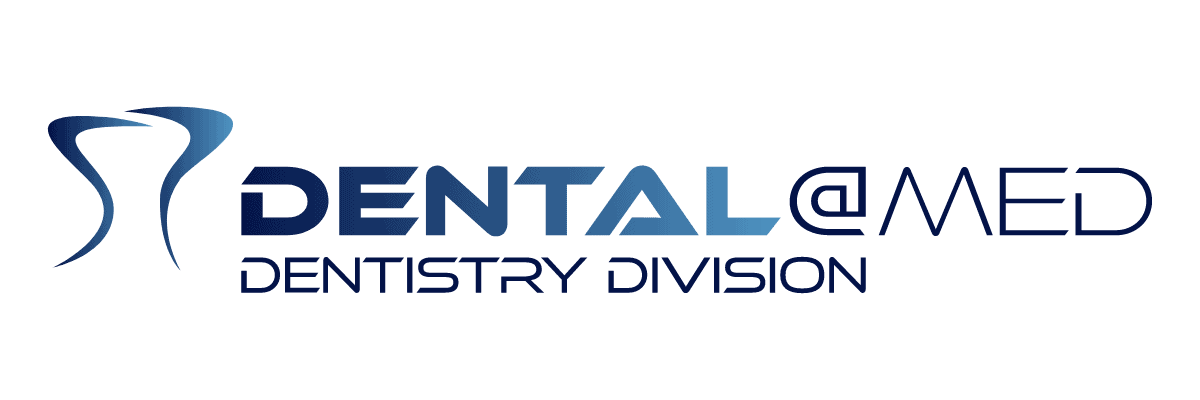Laser Therapies
LASER stands for Light Amplification by Stimulated Emission of Radiation and is an electromagnetic radiation characterised by the emission of photonic energy repeated over time. Today laser is one of the most advanced technologies on the dental and medical scene and is used in numerous fields of application. The most widespread one in dentistry is Diode Laser, mostly used for the treatment of soft tissues.
Why does the dentist use it?
It is used to treat numerous conditions. It minimises anaesthetic use, helps tissues to heal rapidly, reduces bleeding and post-operative complications.
Is it only used for adult patients?
No, diode laser is a medical device that can be used in adult and child patients. Given that less local anaesthetics are required, it is particularly recommended for child patients.
Is it painful?
No, in most applications, laser does not require anaesthetic use.
What are the fields of application?
It is used for the treatment of different oral cavity diseases and in cosmetic dentistry too. Here are just some of the most common examples, as the fields of application are extremely vast:
Treatment of periodontitis: in this case, the decontaminating effect of laser helps the patient to considerably reduce the bacterial load in periodontal pockets, with a consequent reduction of inflammation/ infection. Laser also helps us to reduce bleeding during operations and healing is accelerated by its biostimulating properties..
Dental whitening: Laser accelerates the action of some whitening products, improving the result and shortening times.
Treatment of sensitivity: Laser helps us to reduce sensitivity (for example to cold substances) due to the exposure of the neck of the tooth or tooth root abrasions. The effect is due to its capacity to close dentinal tubules connecting the nervous structure to the outside.
Endodontic treatment (tooth devitalisation): by associating Laser with conventional treatments, thanks to its bactericidal properties, the success rate of therapy is raised considerably: it decontaminates root canals, deep down.
Peri-implantitis treatment: In rare cases, inflammations or even infections may occur in tissues around the dental implant. Laser has proven to be highly useful, thanks to its antibacterial properties, without damaging implant surfaces.
Frenulum operation: If in an incorrect position or hypertrophic, in most cases frenula can result in the presence of diastema (gaps) between the central incisors, the incorrect position of adjacent teeth and over time, receding gum around teeth in proximity to the defect. Frenula can also limit tongue movement, with consequent difficulties in phonation and incorrect jaw bone development. A frenulectomy can be carried out using Laser and therefore without going under the knife. There are considerable advantages: less anaesthetic, less bleeding, often stitches are not required, faster healing and less probability of experiencing swelling and complications.
Gingivoplasty: sometimes it is necessary to modify gum conformation and laser; compared to conventional surgery, it notably reduces bleeding and requires less local anaesthetic (in some cases it is not used at all). Tissues heal faster and there are minor probabilities of post-operative complications.
What are the advantages?
The main ones are: reduced pain perception (with consequent reduction of local anaesthetic use), less operative bleeding, decontamination of tissues, better healing, less post-operative complications.
Our surgery
The surgery Dental@Med in Foligno uses Diode Laser technology in all fields of applications.

